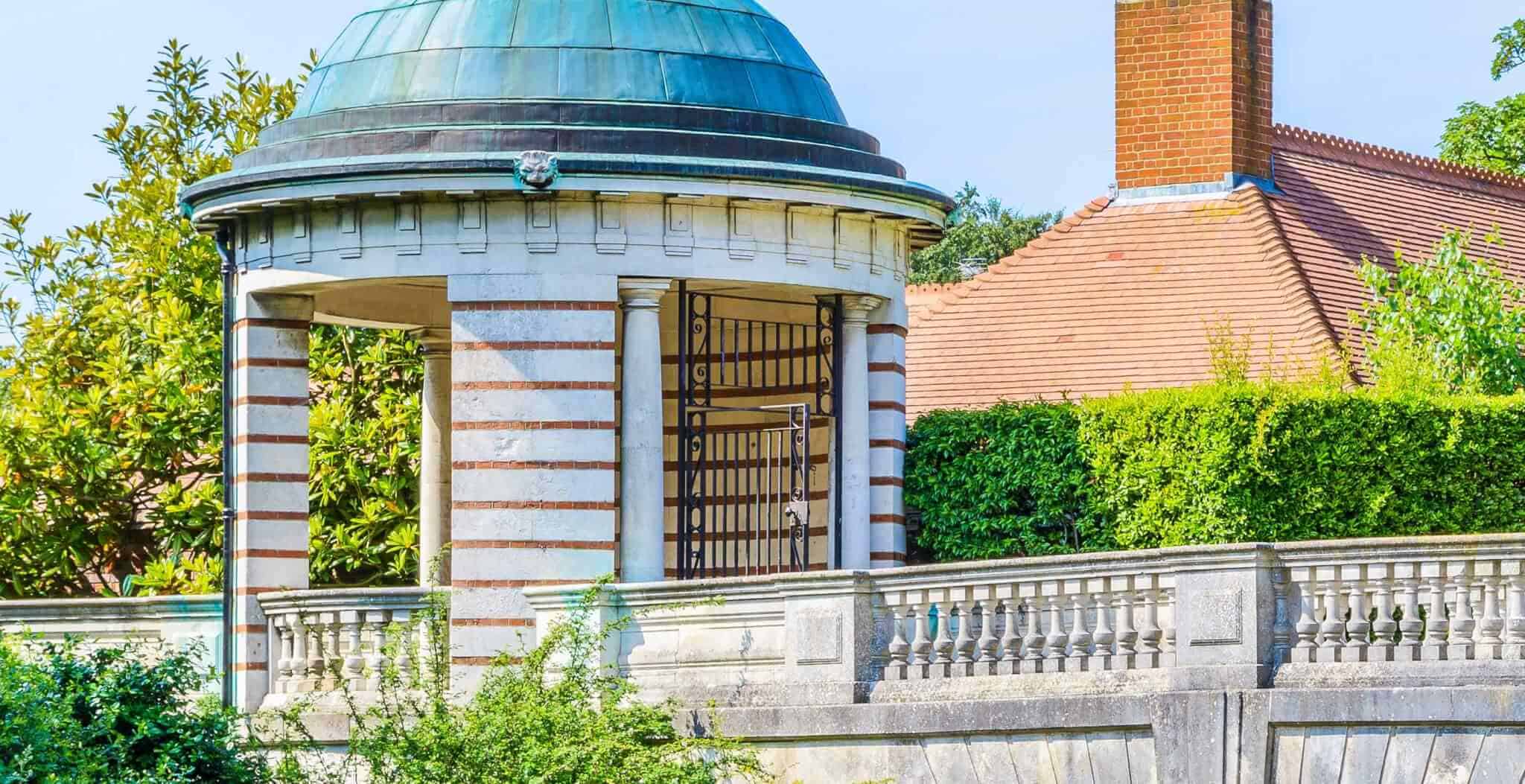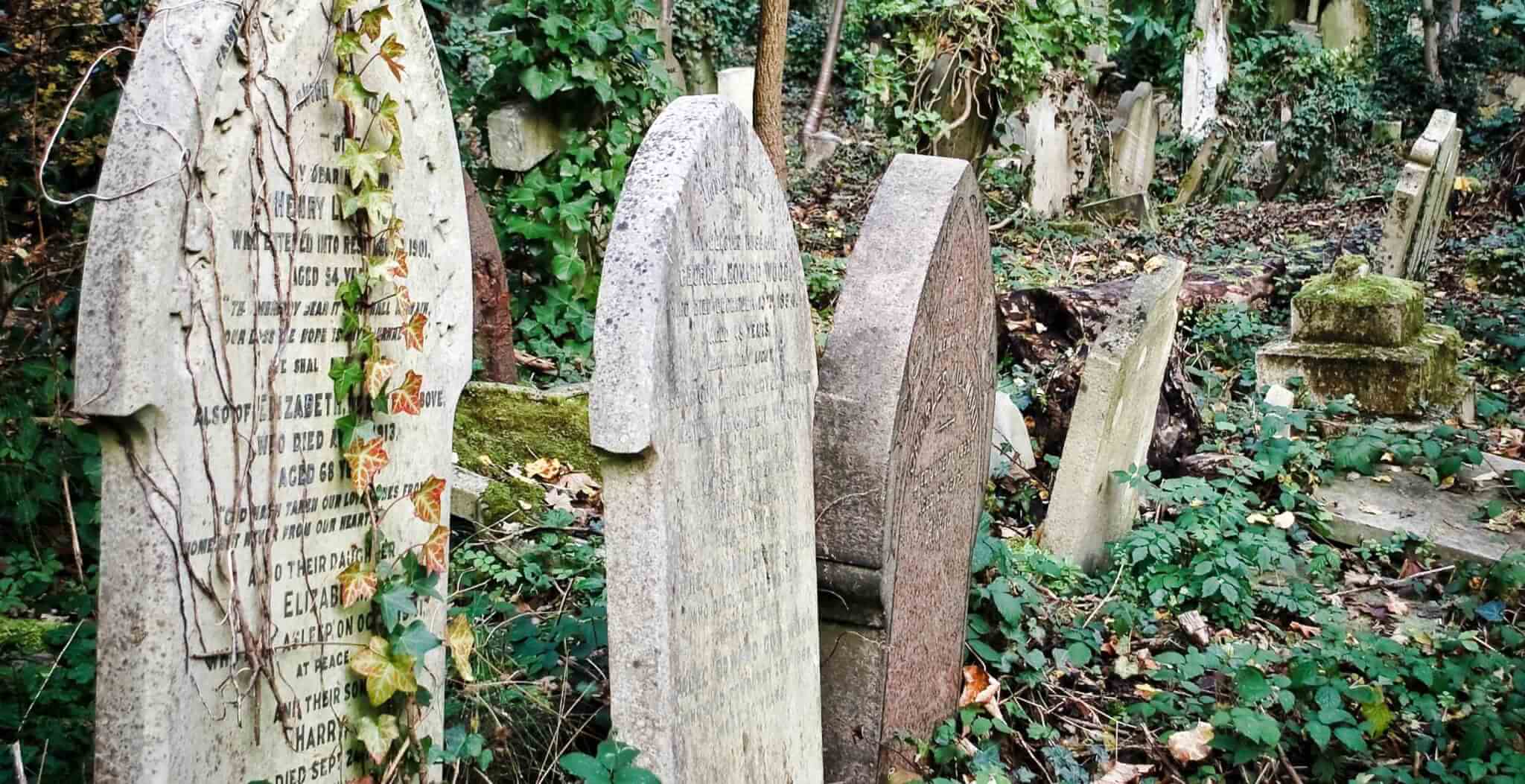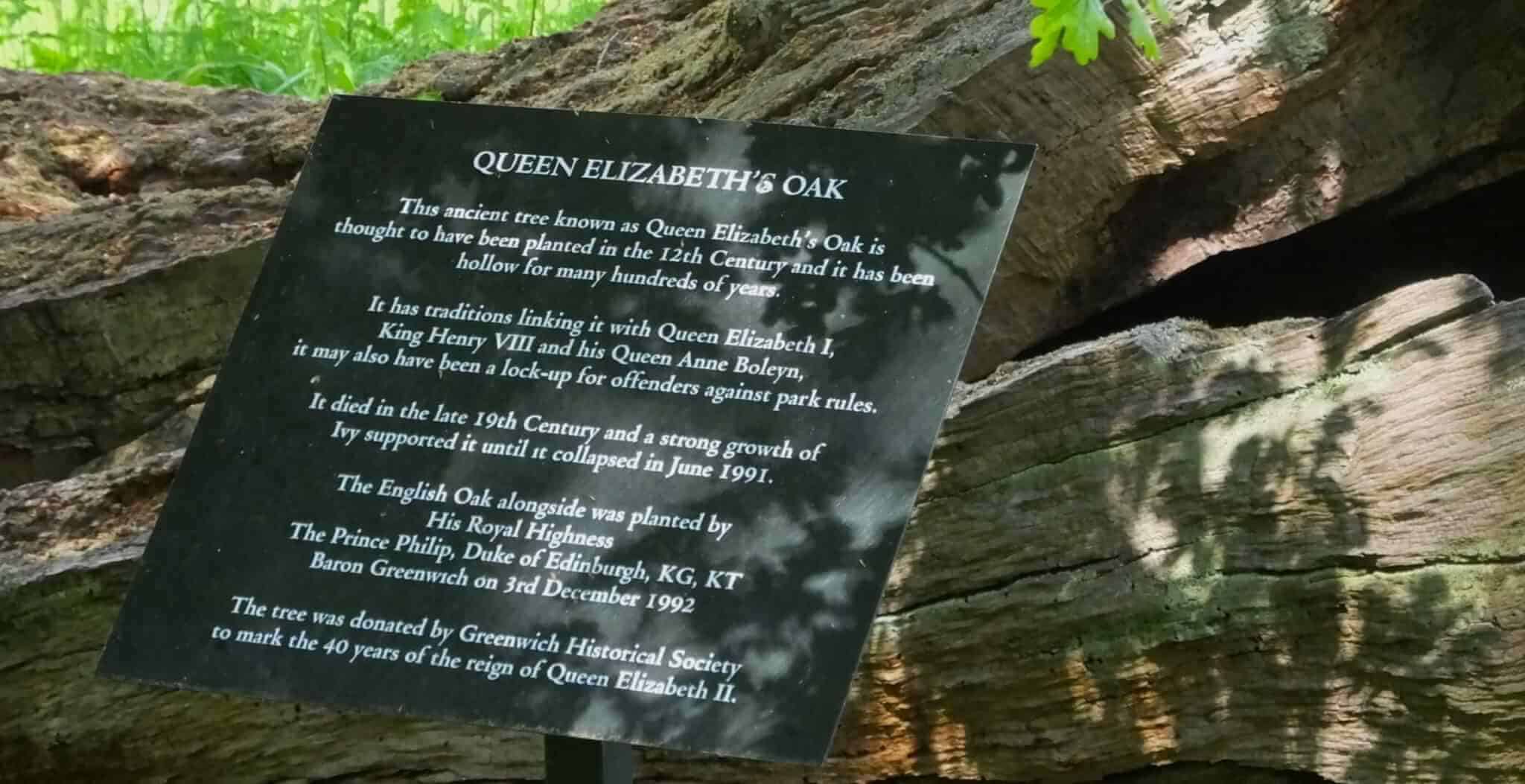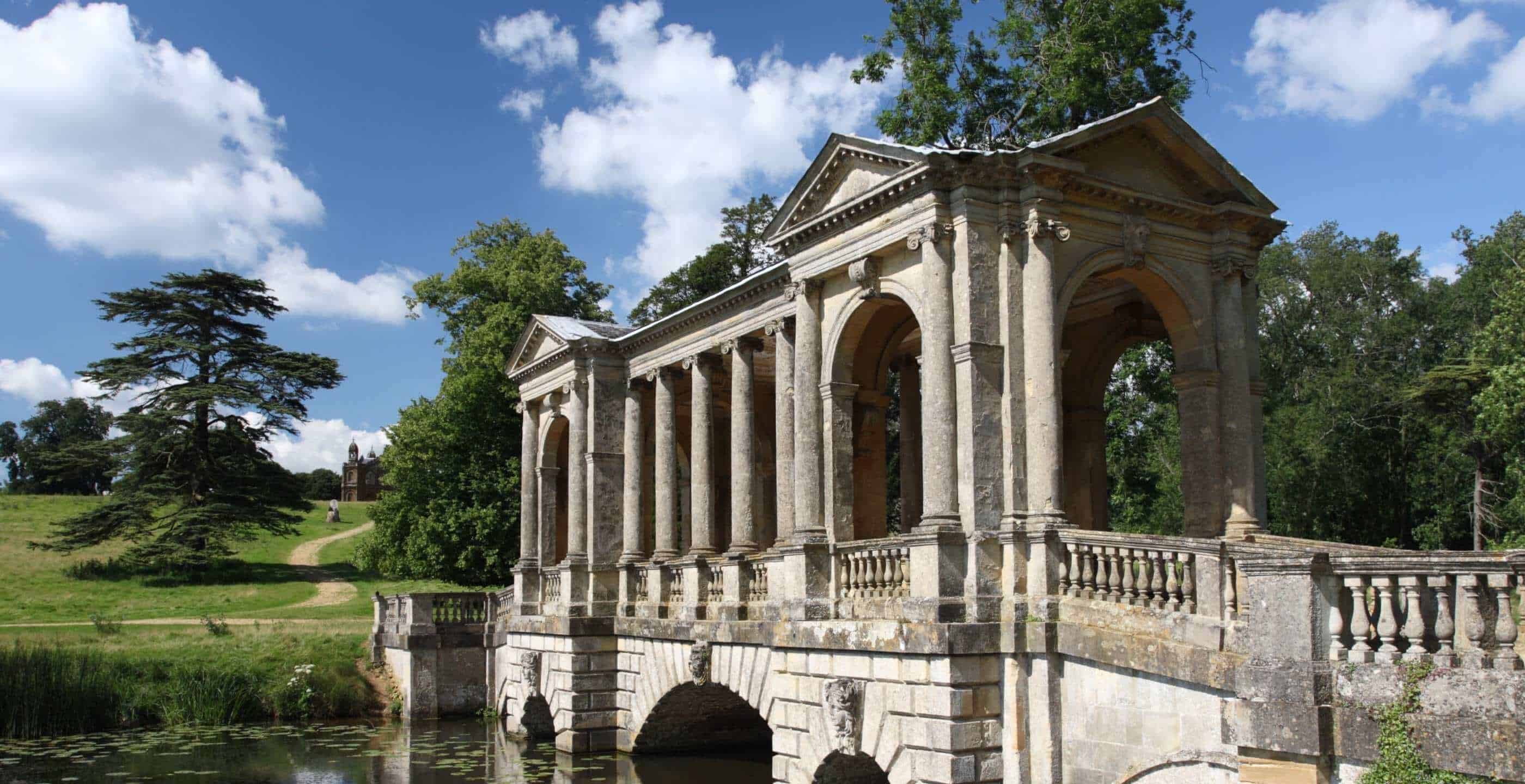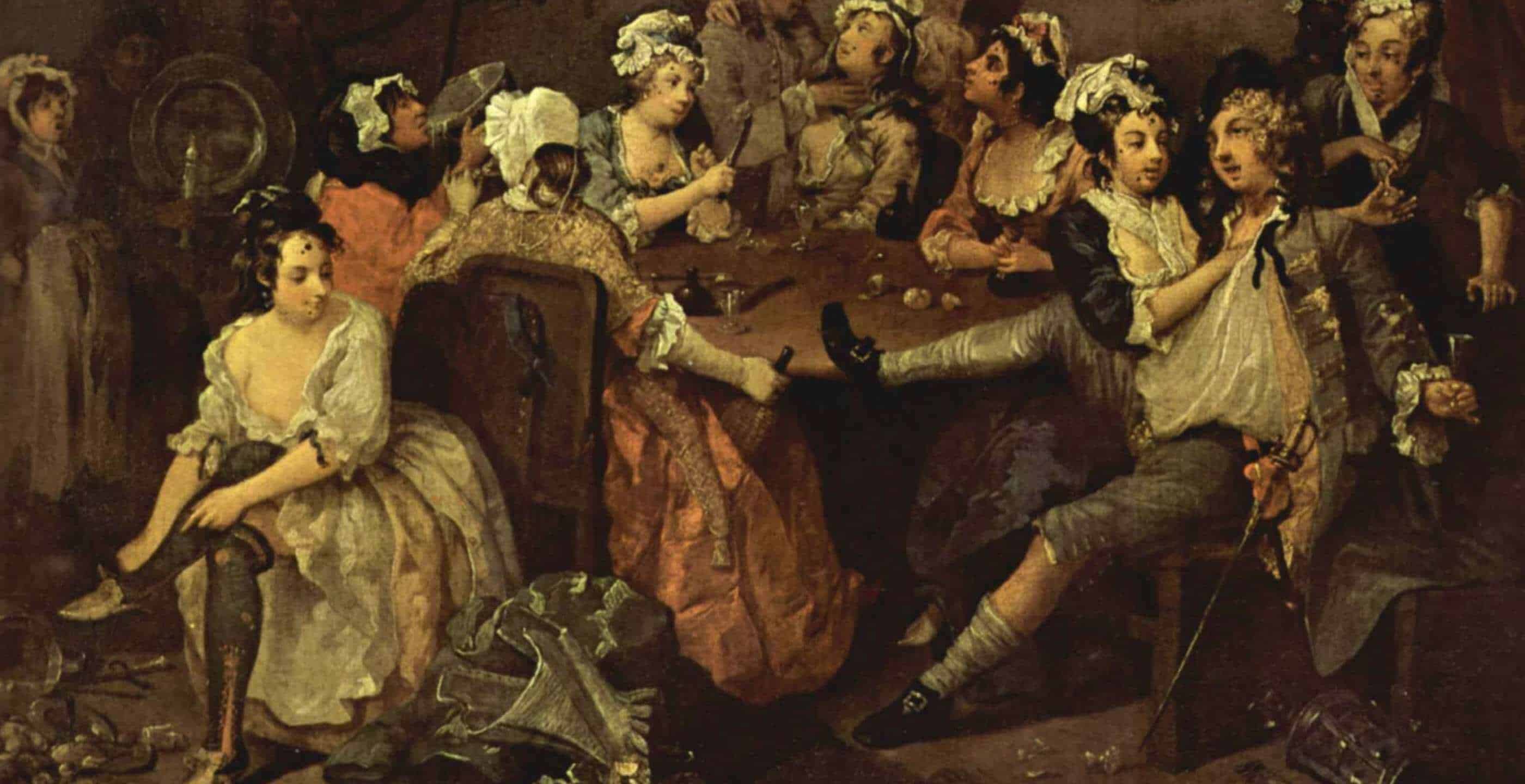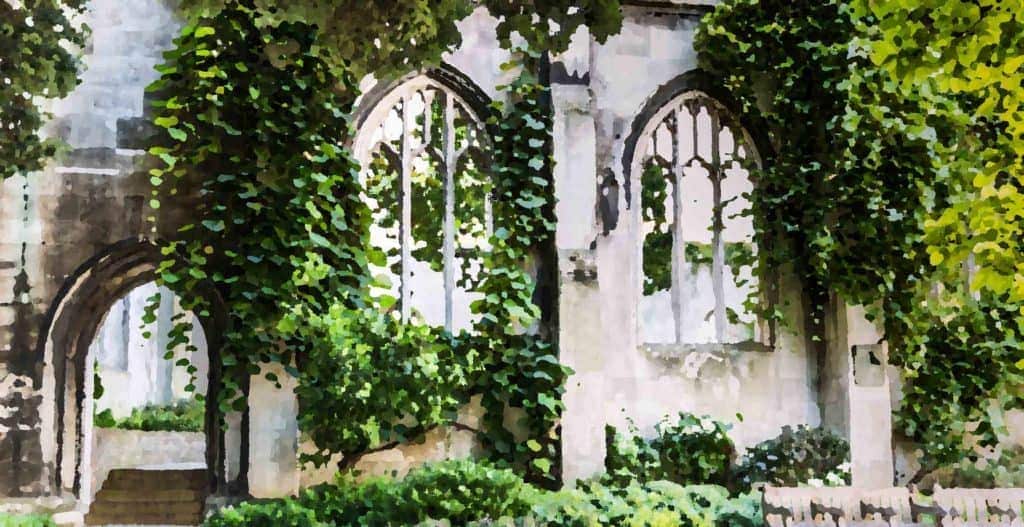Hampstead Pergola is a wonderful example of faded grandeur, and is undeniably one of London’s hidden treasures. It is essentially a raised walkway, overgrown with vines and exotic flowers, and is set amidst some wonderfully dramatic gardens.
The history of the Pergola goes back to 1904 when Lord Leverhulme, a wealthy philanthropist and lover of landscape gardening, purchased a large town house on the Heath called “The Hill”. Over the following year Lord Leverhulme expanded his estate by acquiring the surrounding land, and with this new found space he decided to build a legacy; his Pergola. He wanted it to be the setting for extravagant Edwardian garden parties, while at the same time being a place where his family and friends could spend long summer evenings enjoying the spectacular gardens.
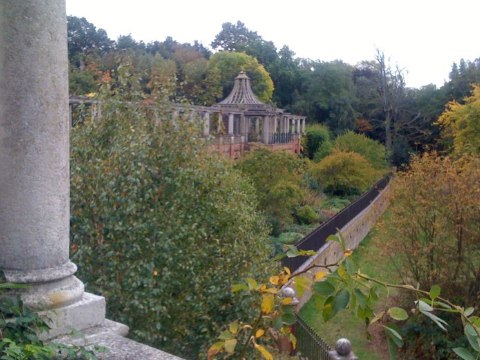
To turn this idea into reality Lord Leverhulme enlisted the help of Thomas Mawson, the world famous landscape architect, and construction on the Pergola began in 1905. One of the main difficulties in building the raised gardens of the Pergola was the amount of material that was needed, and luckily for Thomas Mawson the nearby Hampstead extension of the Northern Line provided just the solution! Instead of bringing in material from further afield (and the associated cost of doing so), a deal was struck to shuttle the spoil of the underground extension just a few hundred yards to “The Hill”.
Progress was quick, and the Pergola was finished a year later in 1906. Over subsequent years, Lord Leverhulme was able to expand his estate even further, allowing for a further extension to his Pergola in 1911 and again in 1925.
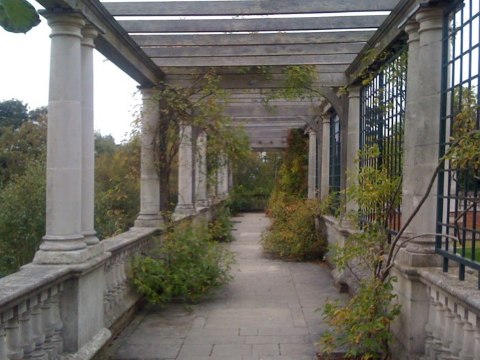
Unfortunately, after Lord Leverhulme’s death the Pergola went into a slow decline, and to this day is still a shell of its former opulence. However, what it lacks in sparkle and shine it more than makes up for in atmosphere. Today the Pergola and Hill gardens are distinctive, moody and eerie. The sense of faded grandeur is everywhere, and even with the recent restorations it hasn’t lost this unique character.
Tours of Historic London
Find out more about this great city by browsing our Selected Tours of London.
